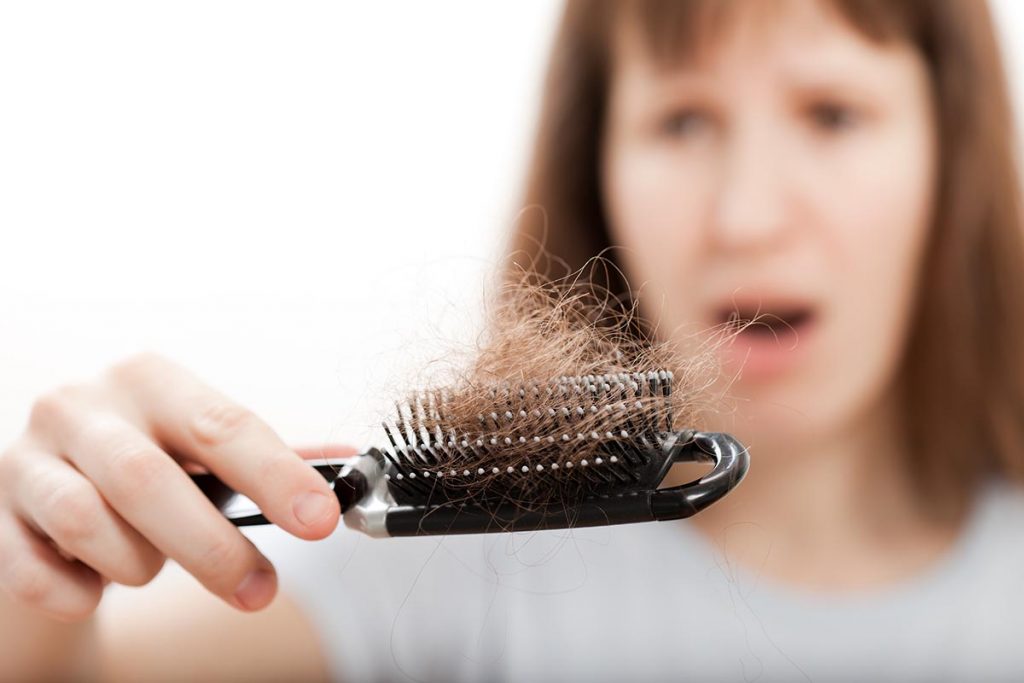Hair is a very important part of our physical appearance, whether as men or as women. When going through low T problems, there is often concern that the condition may result in hair loss. Most symptoms of low testosterone are internal and hidden from the prying eyes of the world. One symptom that would be hard to hide, however, is possible hair loss or baldness resulting from low levels of testosterone.
How true is it that low testosterone may cause hair loss in both men and women? There is actually no single correct answer.
First, the often embarrassing fallout of low testosterone and hair loss is baldness in men and male pattern baldness in women. This is true, but you cannot totally place the blame on testosterone. Rather, the real culprit is a little known hormone called DHT. How this occurs is that the hormone DHT (Dihydrotestosterone) is made or synthesized from testosterone by 5-alpha reductase, an enzyme. It is the reaction of hair follicles to DHT that causes baldness.
However, high testosterone is also known to actually increase hair growth, especially in women. The result also is not often complementary, as hair growth can occur facially and in the chest area of females when this condition is ongoing. According to Genetics Home Reference, about 30 million women, and 50 million men in the US may be suffering some kind of hair loss as a result of testosterone effects.
Methods of treatment include introducing inhibitors to 5-alpha reductase. Some of these treatments may be harmful to pregnant women though, so you should talk to your doctor before you undertake any such treatment.
Treatment for low T induced hair loss and baldness will go like this
Examination and Testing
The doctor will require physical checks to determine that physical signs and symptoms point to low T actually. Certain physical pointers like weight gain, tiredness, and low libido will likely point at a low T situation. After or before the physical exam is done, blood and saliva samples will be taken to the lab to determine actual testosterone levels.
Diagnosis
When the results of the tests come in, the doctor will make an accurate diagnosis based on the results. The doctor will then prescribe a treatment plan for your personal condition. This may include testosterone injections or replacement using other methods.
Treatment
TRT is the surest treatment plan for most low T conditions and the resulting after-effects of low testosterone in the body. It is highly likely that the doctor will opt to put the patient on some sort of low T treatment using TRT. The replaced testosterone in the body will expectedly stop the hair loss occasioned as a result of low T.
However, low T therapy may not have much of an effect on hair loss on top of your head. You may need some sort of additional procedure to deal with this. Hair replacement cosmetic surgery is one alternative. Mostly, hair loss from other parts of the body will be the first to respond to TRT.
Monitoring and Follow up
The doctor will follow up on your recovery process after and during treatment. Be sure to advise the doctor on all developments that happen as time progresses.


